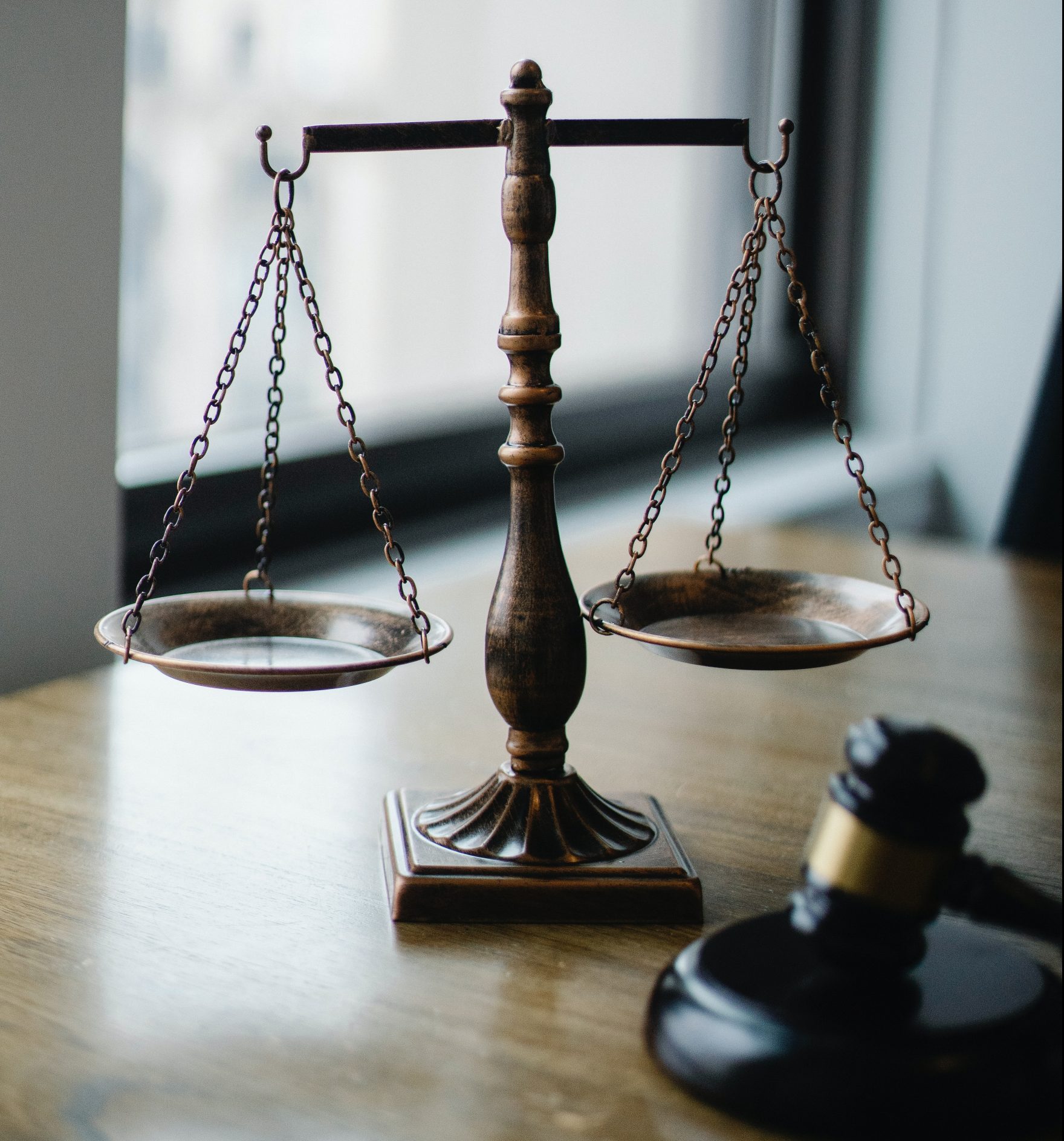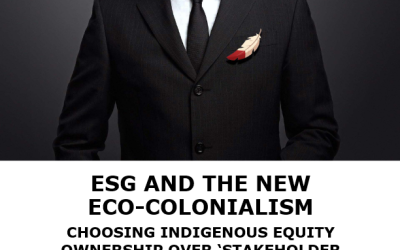In a recent Globe and Mail article, two lawyers, one a Toronto law professor and the other an Indigenous member of the Indigenous Bar Association, advanced the benignly racist argument that Canada should appoint a Supreme Court Justice on the basis of his or her Indigeneity.[1] They asserted, with absolutely no supporting facts, that there always existed and continues to exist “Indigenous law,” “Indigenous legal orders,” and “Indigenous legal traditions”, as part of Canada’s “juridical roots.”
 With these assertions these two lawyers take issue with Canadian historian Diamond Jenness, who wrote on this topic as follows:
With these assertions these two lawyers take issue with Canadian historian Diamond Jenness, who wrote on this topic as follows:
In the absence of chiefs and of any legislative or executive body within the tribes or bands, law and order depended solely on the strength of public opinion. There were no written laws…merely rules and injunctions handed down by word of mouth from an immemorial antiquity…persuasion and physical force were the only methods of arbitrating disputes…social outlawry or physical violence the only means of punishing infractions of the moral code or offences against the welfare of the band or tribe…strangers however, even people of a neighboring tribe, might be robbed or killed with impunity; they had no rights unless they married into a band or placed themselves under the protection of some powerful family.[2]
Moreover, these lawyers have even taken issue with Ojibway Chief George Copway, (Kah-Ge-Ga-Gah-Bowh), who wrote in 1850:
[1]Kent McNeil and Brookes Arcand Paul, Reconciliation will require an Indigenous Supreme Court Judge, The Globe and Mail, April 16, 2021.
[2]Diamond Jenness, The Indians of Canada, 6th edition, National Museum of Canada, 1972, at page 125.
Among the Indians there have been no written laws. Customs handed down from generation to generation have been the only laws to guide them. Everyone might act different from what was considered right did he choose to do so, but such acts would bring upon him the censure of the nation, which he dreaded more than any corporal punishment that could be inflicted upon him. This fear of the nation’s censure acted as a mighty band, binding all in one social, honourable compact.[1]
In Delgamuukw v. British Columbia[2], a case dealing with “aboriginal title,” the Supreme Court of Canada seems to provide the Globe writers with some justification for their assertions. The Court there referred to “pre-existing systems of Aboriginal law” and “the rules of property found in Aboriginal legal systems.” But a close reading of the decision and the other cases that have adopted these misleading phrases as if they were received truths, shows that the Court was clearly referring to the same things that Diamond Jenness and George Copway wrote about: cultural mores and customs that had been handed down orally. As the Court said, “Aboriginal title arises from the prior possession of land and the prior social organization and distinctive cultures of Aboriginal peoples.” (italics added)
Delgamuukw refers to Aboriginal “legal systems.” The Oxford dictionary defines a “system” as “a set of principles or procedures according to which something is done; an organized scheme or method.” “Juridical” is defined as “relating to judicial proceedings and the administration of the law.”
There were no “systems,” “judicial proceedings,” and no standardized “administration”- nothing juridical– in the Aboriginal practice of their pre-contact, order-maintaining customs. Consequently, it is highly misleading for the Supreme Court of Canada and for the Globe writers to carelessly suggest that there is.
The Royal Proclamation of 1763 evidenced a benevolent intention towards Aboriginals, representing a soft, open, helping hand. It was the opposite of “genocidal” in nature, clearly signifying British intentions to create a new political order where Aboriginal peoples and cultures could not be casually and ignominiously erased from history.
In the Royal Proclamation, Britain declared that it was “just and reasonable” that the Indians “should not be molested or disturbed” in the possession of any lands they occupied and not ceded to or purchased by the Crown. This was an unprecedented, remarkably generous and restrained policy for the British Crown to have advanced. It was, in fact, a departure from the historical norm of conquest and dispossession.
The Royal Proclamation also granted Aboriginals a form of collective property rights protected by British law, which would have been impossible for them to secure or even to maintain on their own. That is, the Proclamation created around Aboriginals enforceable rights that had previously been unknown to them, and that were certainly far more generous than any rights that conquering Indian tribes had ever created for or bestowed on their own vanquished foes.
But not according to these Globe writers, who assert without supporting facts that there always was–and still is–a complete “Indigenous legal order,” in substance akin to our Anglo-Canadian legal system, that lawyers must study, abide by, and somehow incorporate into our national legal fabric, even to the extent of appointing an Indigenous Justice to the Supreme Court of Canada presumably for the purpose of ensuring that this Indigenous law is worked into all their deliberations.
The most egregious example of the Globe writers’ fact-free assertions is reflected in the “Call to Action” 28 of the Final Report of the Truth and Reconciliation Commission of Canada, Volume One: Summary,[3]which calls upon Canadian law schools to require that all students take a course in “Indigenous law.” Thus, with no explanation given, the reasoned and scholarly evidence of Diamond Jenness and the personal knowledge of Ojibway elder George Copway are both apparently wrong.
The views of these two men, supported by a careful reading of the Supreme Court’s Delgamuukw decision, were that amongst pre-contact Indian bands, law depended solely on strong chiefs and tribal culture, that there were no private property rights, that there were no recorded laws with formal judicial institutions and procedures to enforce them, as there have always been in the Anglo-Canadian legal system. Rather, with pre-contact Indigenous peoples, there were merely customs, rules, and injunctions handed down by word of mouth. Of course, there were “laws” in a cultural sense, but clearly not in the juridical sense wrongly implied by the Supreme Court and the Globe writers.
Tellingly, it is our Anglo-Canadian legal order that is now being exclusively used by Indigenous groups as the sole legal means to resolve disputes between themselves and, more frequently, to assert their legal claims against their fellow non-Indigenous citizens. In none of these legal claims is there any assertion that some principle of “Indigenous law” that is juridical in nature is relevant, or even that it exists at all.
So, other than the well-understood pre-contact, oral codes and customs are there any substantive particulars of “Indigenous law” that are worthy of being considered by Justices of the Supreme Court of Canada?
Not surprisingly, the Globe and Mail authors only refer to “colonial” legal orders and not to any “Indigenous legal order,” (except to merely assert that it exists) and more to the point, offer no examples of substantive, juridical, Aboriginal legal principles. That’s because there are none to offer.
This conclusion is confirmed by our understanding of history, but also by a Law Times article, Law schools ponder how to teach aboriginal law,[4] which would have stated substantive, juridical particulars of Aboriginal law if any existed. But again, none were stated.
As in the Globe article, Mr. Etienne, the author of this article uses impressive, high-sounding but juridically unsupported and empty phrases, such as their “legal structure”, “the foundations of their laws,” “Indigenous Legal Traditions” (note the pretentious use of capitals), “the source of their traditional law”, all “to be built into every law school course.”
The only language in the article that relates to anything juridically legal relates to particulars of Anglo-Canadian laws: section 35 of the Constitution, the United Nations Declaration on the Rights of Indigenous Peoples, (UNDRIP), various treaties, Aboriginal rights that are defined by written decisions handed down by the courts, (such as Delgamuukw), and records of historical Crown-Aboriginal relations. All of these are exclusively the province of our Anglo-Canadian legal order.
There can be no juridical legal order- the existence of which is fundamental to the “right to have rights”- in the absence of a state and state authority. Only an organized political community, which in the last two hundred years has increasingly been the nation-state, can create a juridical order from which can emanate enforceable, juridical laws and institutions on the basis of and through which the rights of the citizen, including his property rights and his general right to freedom can be best preserved. Pre-contact, pre-state and pre-literate Aboriginal tribes, bands and clans never achieved that nature or degree of political organization.
“When states are absent, rights-by any definition-are impossible to sustain. States are not structures to be taken for granted, exploited or discarded, but are fruits of long and quiet effort.” [5]
Finally, like George Copway, it is relevant for me to bring personal knowledge and experience to this issue. As a lawyer who has practiced in Northern Ontario for 46 years, and has worked for numerous Indigenous clients, not one of my clients has ever referred to any “Indigenous” law that might have been relevant to our legal business. Our discussions were only about matters relating to Canadian statute or common law, suggesting that Indigenous law is, in fact, not a genuine set of juridical legal principles emanating from an Indigenous juridical legal order, but rather, merely a self-serving myth.
Peter Best has practised law in Sudbury for the past 45 years. He is the author of There Is No Difference: An Argument for the Abolition of the Indian Reserve System, (thereisnodifference.ca) which has been endorsed by retired Supreme Court of Canada justice Jack Major.
[1]The Traditional Historical Character Sketches of the Ojibway Tribes, originally published in 1850 by Charles Gilpin, Bishopsgate, London, reprinted by Coles Publishing Company, Toronto, 1972, at page 144
[2] 1997 3 SCR 1010
[3]Lorimer and Company, Toronto, 2015
[4] Neil Etienne, Law Schools Ponder How to Teach Aboriginal Law, Law Times, January 11, 2016
[5] Timothy Snyder, Black Earth- The Holocaust as History and Warning, Tim Duggan Books, 2015, at page 340.



